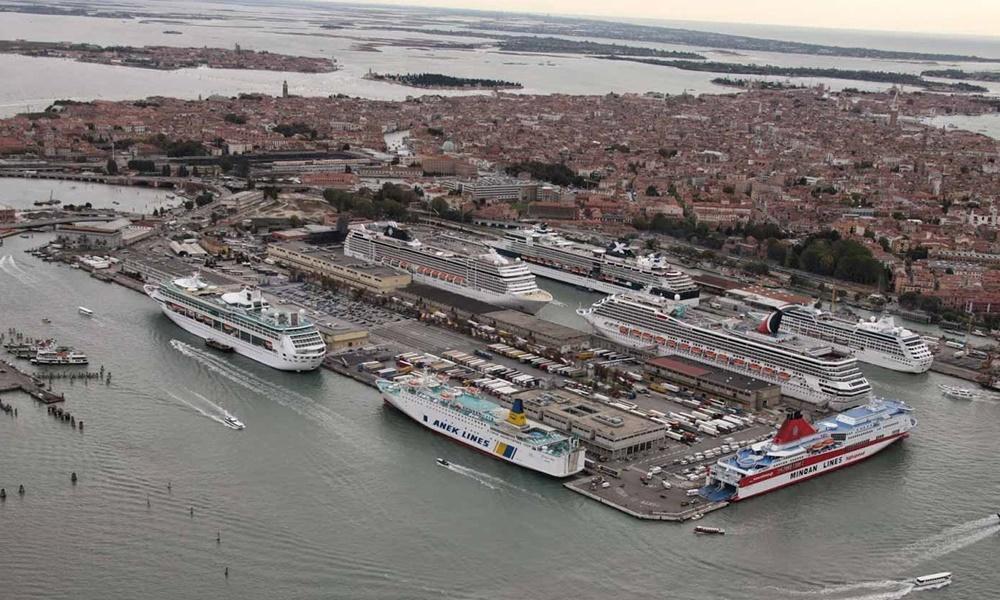Venice appealed to top European cruise destinations, including Amsterdam, Barcelona, Marseille, and Dubrovnik, to unite in tackling the environmental impact of huge liners, port authorities announced on August 1.
The rallying cry for new rules follows a collision between a cruise ship and a tourist boat in the Port Venice, forcing tourists to run for their lives. The city (a UNESCO World Heritage Site) is slowly sinking, with large liners blamed for eroding the foundations.
Pino Musolino, northern Adriatic Sea port authority's chairman, said in a statement that he had written to all European cities that share their experience with cruise tourism, and "that find themselves having to balance economic development with environmental sustainability."
He called on eight fellow port authorities to "join forces" to oblige companies to "launch ships compatible with our structures and the environment".

- In June 2019, the 13-deck MSC Opera rammed into Venice dockside and knocked into a tourist boat, injuring 4 people and sending tourists on the pier running for safety. About a month later, the 12-deck Costa Deliziosa narrowly missed a yacht while being towed out of port Venice in stormy conditions. The accidents reignited a long-running row over the damage caused to the port city and its fragile ecosystem by cruise liners that sail exceptionally close to shore.
- In 2017, another UNESCO World Heritage site, Dubrovnik, became synonymous with the "over-tourism" scourge, showing up on lists of destinations to avoid.
- In recent years, Marseille has wrestled with increased smog, as it tries to attract lucrative cruise tourism.
- Bruges announced it plans to limit the number of cruise liners docking at the nearby Port Zeebrugge in a bid to curb the masses of day-trippers descending on the "Venice of the North".
Venice's northern Adriatic Sea port authority revealed it had already received a positive response from Barcelona, Marseille, and Palma, and expected others to follow.